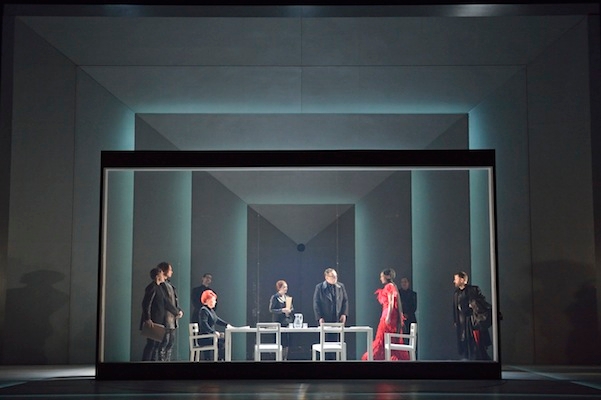I approach any production of Mozart’s last opera, La clemenza di Tito, in a state of acute trepidation: it’s not pleasant sitting bored through nearly three hours of one of your favourite two or three composers, one whom you regard as perhaps the most astonishing artist who ever lived. But that is how La clemenza di Tito has nearly always affected me — first, before it was revived in theatres, on a dodgy old Nixa recording, then, fairly often since, in various opera houses, its having now become a repertoire piece, something which was inconceivable only 40 years ago.
Still, despite its canonisation, its defenders — its admirers still, significantly, regard themselves in that way — tend to strike one or another defiant or uneasy note. Joachim Kaiser, doyen of music critics, in his useful book Who’s Who in Mozart’s Operas goes in for blatant one-upmanship: ‘A far greater appreciation of music is required to enjoy aesthetically the subtle distinctions among the figures in La clemenza than to love Figaro…Even to suspect how much sublime and craftsmanlike purity and sincerity went into La clemenza requires great sensitivity. The miracles of this work tend to be discovered late, if at all.’
David Cairns, in Mozart and his Operas, strikes a less unequivocal note: ‘Whether or not, in one’s heart of hearts, one warms to Tito, its seriousness of approach, care of workmanship and nobility of tone are incontrovertible.’ What neither of these two distinguished figures mentions, there or anywhere else, is the total absence in Tito of liveliness, life, individuality, the things that give the Da Ponte operas and Die Zauberflöte their immutable place in the heart of the operatic canon. These words workmanship, nobility, purity and sincerity can be deadly in their implication.








Comments
Join the debate for just £1 a month
Be part of the conversation with other Spectator readers by getting your first three months for £3.
UNLOCK ACCESS Just £1 a monthAlready a subscriber? Log in